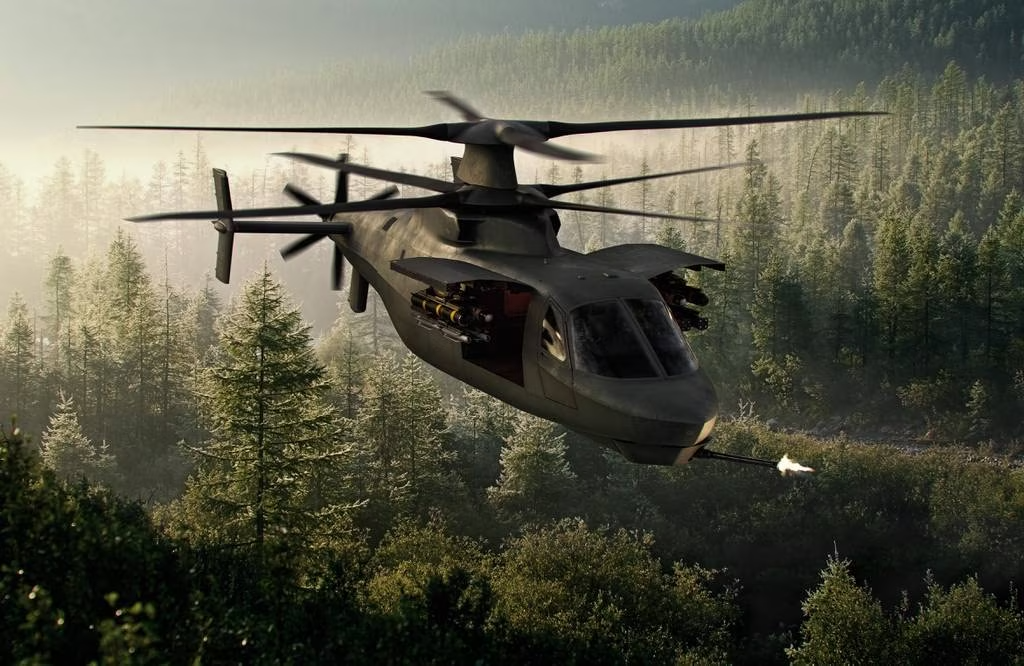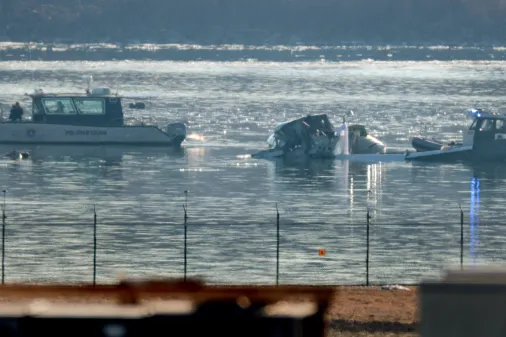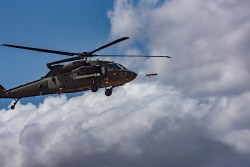Army plans to cancel FARA helicopter program in aviation portfolio overhaul

The Army has decided to cancel its multibillion-dollar Future Attack Reconnaissance Aircraft (FARA) program at the end of fiscal 2024, the service announced Thursday.
The shift is part of a larger reorganization of the Army’s aviation programs that looks to free up resources for other investments in aviation technology — including new unmanned platforms.
“Going forward, the Army will … [i]ncrease investments in research and development to expand and accelerate the Army’s unmanned aerial reconnaissance capability including future tactical unmanned aerial systems and launched effects,” the service said in a press release.
In addition, leaders have opted to end production of the UH-60V Black Hawk after fiscal 2024 “due to significant cost growth”; delay moving the T901 engine into the production phase; and phase out the service’s Shadow and Raven drone fleets, according to the Army.
The decision to end development of FARA — which was intended to replace the Vietnam-era OH-58 Kiowa Warrior — comes just a few months after the Army delivered its long-awaited flight test engine to the final two prime contracts left competing on the program: Textron’s Bell and Lockheed Martin subsidiary Sikorsky.
After a yearlong delay, both companies received the T901 engine developed under the Improved Turbine Engine Program (ITEP) from manufacturer General Electric in November. Ground runs for the next phase of the program were scheduled to begin in the second quarter of fiscal ’24, and the Army was hoping to hold first flights of both prototypes by the end of the fiscal year.
But according to an Army press release, service leaders now believe that the new capabilities FARA would have added to its aviation portfolio could instead be achieved through different unmanned and space-based systems.
“We are learning from the battlefield — especially in Ukraine — that aerial reconnaissance has fundamentally changed,” Army Chief of Staff Gen. Randy George said in a statement. “Sensors and weapons mounted on a variety of unmanned systems and in space are more ubiquitous, further reaching, and more inexpensive than ever before. I am confident the Army can deliver for the Joint Force, both in the priority theater and around the globe, by accelerating innovation, procurement and fielding of modern unmanned aircraft systems, including the Future Tactical Unmanned Aircraft System, Launched Effects, and commercial small unmanned aircraft systems.”
FARA is part of the Army’s future vertical lift portfolio, a broad effort to introduce new aircraft into the service’s decades-old fleet while integrating modern technologies onto current platforms to keep them relevant for future conflicts. It also includes the successor to the UH-60 Black Hawk known as the Future Long Range Assault Aircraft (FLRAA), autonomous platforms such as the Future Tactical Unmanned Aircraft System (FTUAS) and smaller systems called Launched Effects.
The service will continue its prototyping efforts as part of the program through the end of the fiscal year. A total of $2 billion has been allocated towards FARA’s development since the program began in 2018, according to budget documents.
The servivce is hoping the portfolio’s shakeup will lead to more funds for “critical new investments in Army aviation,” including R&D for unmanned systems. The service also plans to begin a new multiyear procurement deal for the UH-60M version of the Black Hawk helicopter and invest in upgrades for the platform; formally move the CH-47F Block II Chinook into production; and continue work on the FLRAA program to ensure it becomes operational by fiscal 2030.
“The Army is deeply committed to our aviation portfolio and to our partners in the aviation industrial base,” Secretary of the Army Christine Wormuth said in a statement. “These steps enable us to work with industry to deliver critical capabilities as part of the joint force, place the Army on a sustainable strategic path, and continue the Army’s broader modernization plan which is the service’s most significant modernization effort in more than four decades.”






